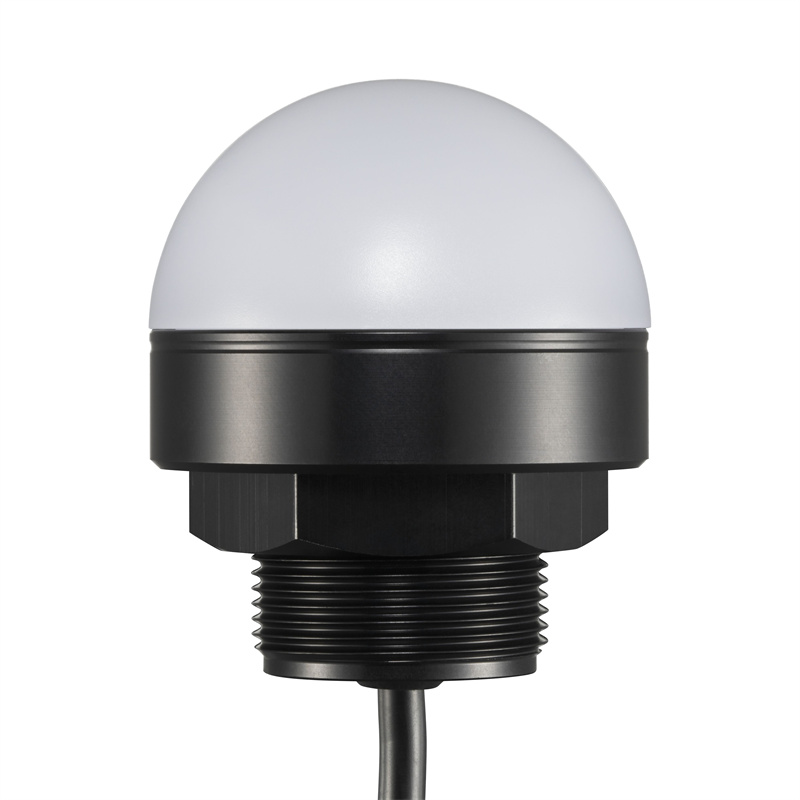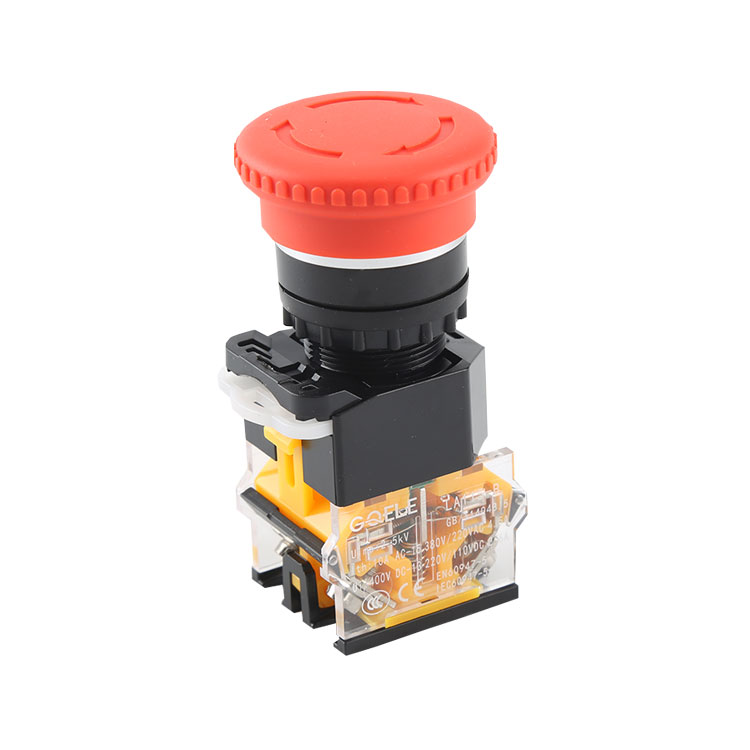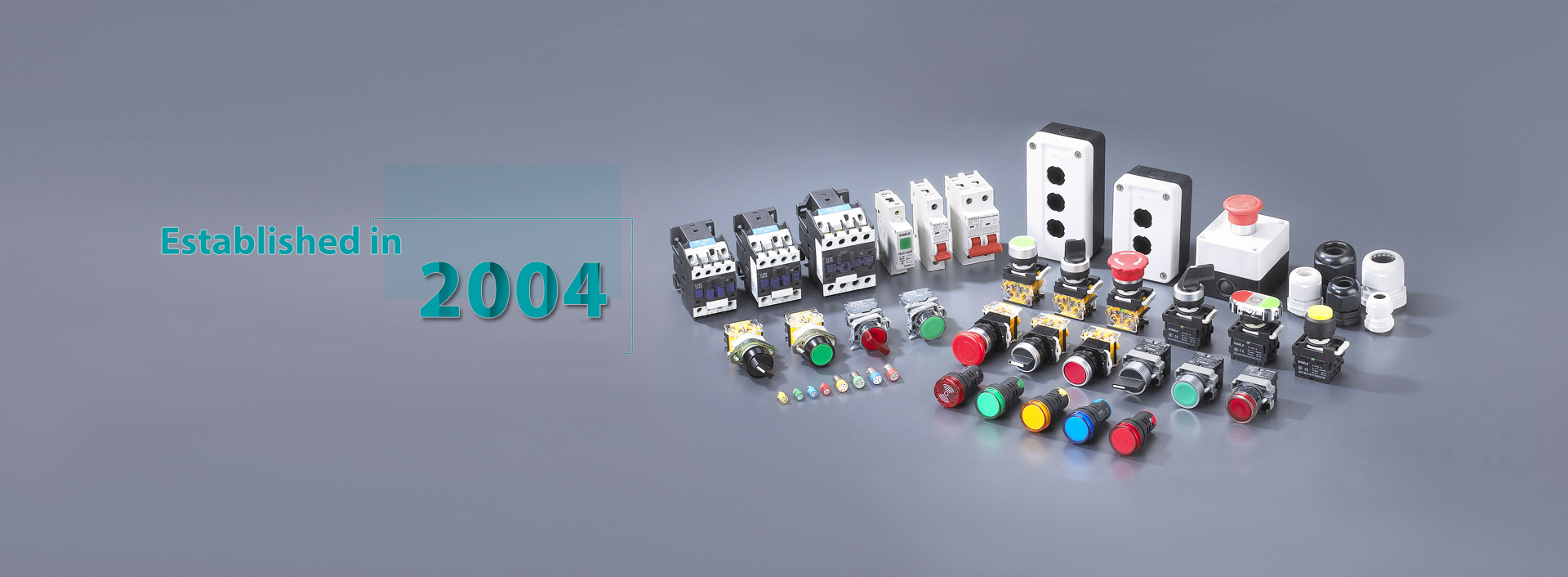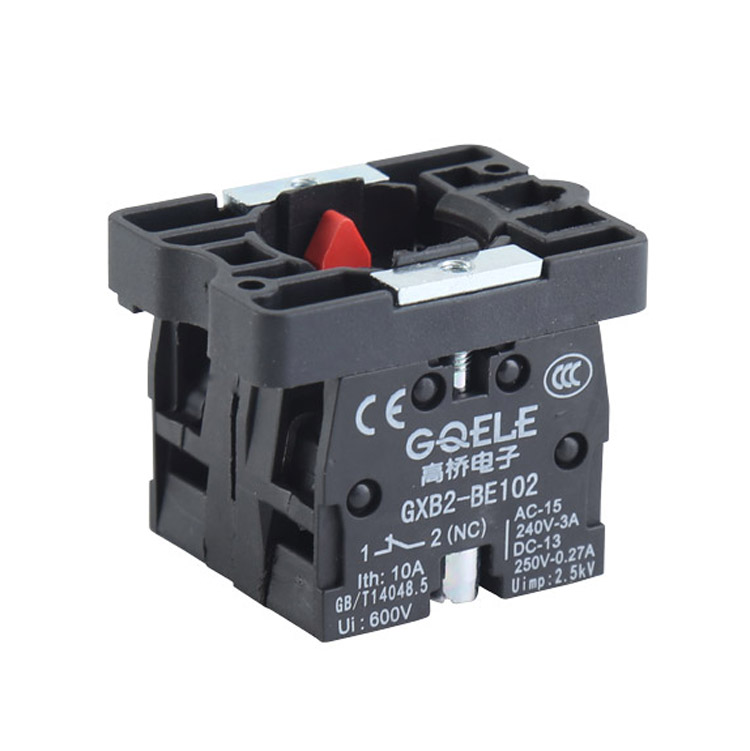
AL505-RYG Red&Yellow&Green Φ50 AC/DC 24V Round Head Multicolor Without Buzzer And With Paperback Base

LA115-B8-11ZS High Quality 1NO + 1NC Twist Release Red Mushroom Shape Head Emergency Stop Push Button Switch Without Lamp/ Light And With Arrow Symbols

LA115-B9-11XS 1NO&1NC Selector Switch Push Button With Metal Short Handle Head

LA115-5-HF Red Round Momentary Higher Flush Push Button Head Without Light

GL-19F11-SJ

LA115-B9-11ZS 1NO&1NC Twist Release Emergency Stop Push Button With Mushroom Shape Head And White Arrow Symbols

High Quality 1NC Φ40 Emergency Stop Metal Push Button Switch With Red Mushroom Shape Head And Pull Release Action

LA115-5-MT High Quality Maintained Red Plastic Mushroom Push Button Head Without Light

LA115-A5-11HT High Quality 1NO+1NC Maintained Extended Push Button With Round Head And Without Illumination

LA115-A-Z11 High Quality 1NO+1NC Yellow&Black&White Plastic Contact Block And Holder

LA115-B5-11ED Φ30 1NO&1NC Momentary Plastic Flush Push Button With Round Red Head And Red Light

LA115-B1-11MD 1NO&1NC Momentary Illuminated Mushroom Push Button With Red Light











